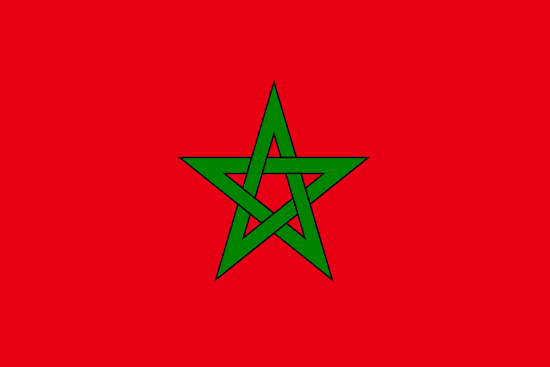"عاصمة العلم والثقافة | The Capital of Knowledge and Culture"
About:
Fez, Morocco, was founded in the 8th century by the Idrisid dynasty. It became a center of Islamic culture and learning, particularly during the reign of the Marinids in the 13th-15th centuries. The city is known for its historic medina, a UNESCO World Heritage site. Despite periods of decline, Fez has remained a significant cultural and religious center. Today, it's a thriving city blending modernity with its rich heritage, attracting tourists with its historic architecture, traditional crafts, and renowned Fes Festival of World Sacred Music.
When to visit:
Fez, a vibrant city in Morocco, is best visited during the spring and fall seasons. The months of April to June and September to November offer pleasant weather with mild temperatures, making it ideal for exploring the city's historic sites and bustling markets. Avoid visiting during the scorching summer months of July and August when temperatures can soar above 100°F (38°C), making outdoor activities uncomfortable. Winter months from December to February can be chilly and rainy, so plan accordingly if you choose to visit during this time.
When to avoid:
Fez, located in Morocco, experiences its peak tourist season during the months of July and August. During this time, the city is crowded with visitors from around the world, leading to higher prices for accommodations and attractions. Additionally, the scorching summer temperatures in Fez can be uncomfortable for travelers, with temperatures often exceeding 100°F (38°C). As a result, it is generally considered the worst time to travel to Fez on a holiday due to the combination of high prices, large crowds, and extreme heat.
Winter Season (Dec-Feb)
Fez, Morocco experiences its coldest and wettest season from November to February. Average temperatures range from 8°C to 17°C, with the possibility of colder nights. Rainfall peaks in December, averaging around 70mm. Days are shorter with 5-6 hours of sunlight, and cloud cover is more common, reducing the usual Moroccan sunshine. An average day for a visitor might involve exploring the city under cloudy skies with intermittent showers. Make sure to pack warm clothing and a waterproof jacket. Despite the chill, Fez's vibrant culture and history remain captivating.
"Summer (June-August)"
In Fez, Morocco, the warmest part of the year occurs from June to September, with July and August being the peak months. During this period, the average high temperatures range from 33°C to 38°C (91°F to 100°F). The rainfall is scarce, with July being the driest month, typically receiving less than 1mm of rain.
The city experiences an average of 10 to 11 hours of sunlight per day, providing ample time for sightseeing. The humidity levels are relatively low, ranging from 30% to 50%, contributing to the overall dryness of the season. Cloudiness is also minimal, with clear, blue skies being the norm.
A typical day for a visitor in Fez during the warmest part of the year would feel hot, especially in the afternoon. The mornings and evenings are more comfortable, with temperatures often dropping to around 18°C (64°F) overnight. Despite the heat, the low humidity levels make the weather bearable, and the abundant sunshine makes it a great time for outdoor activities, though it's advisable to stay hydrated and protected from the sun. The clear skies also offer great opportunities for stargazing at night.
Language:
In Fez, the most commonly spoken language is Moroccan Arabic, a variety of Maghrebi Arabic heavily influenced by Berber and French. Another language spoken is Berber, specifically the Riffian and Atlas Tamazight dialects, representing the indigenous people of Morocco. French is also widely understood and used in business and government.




